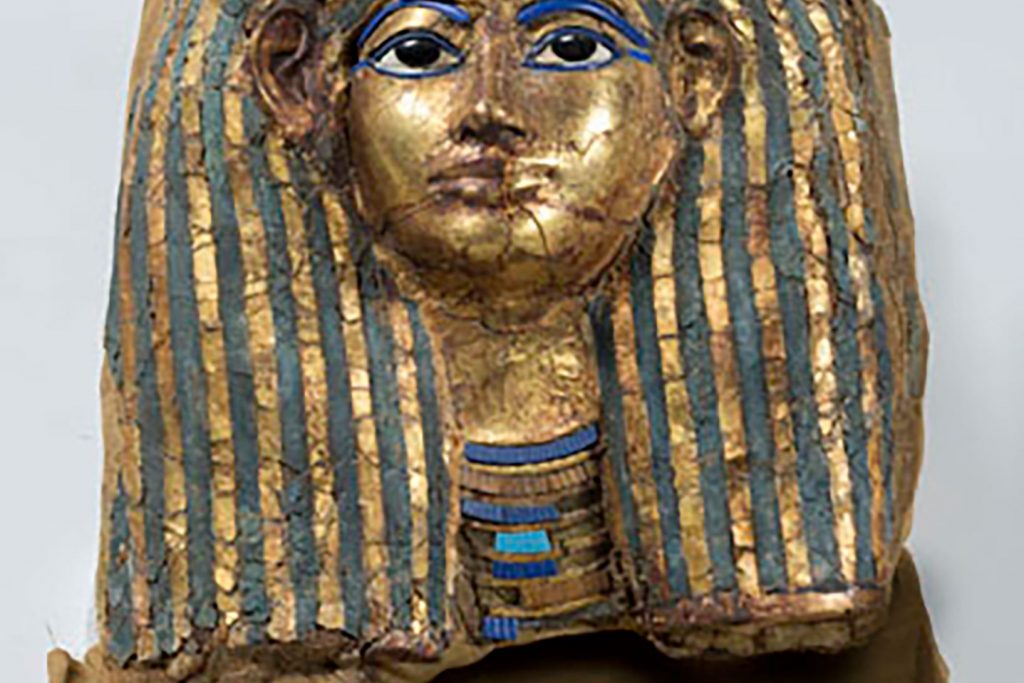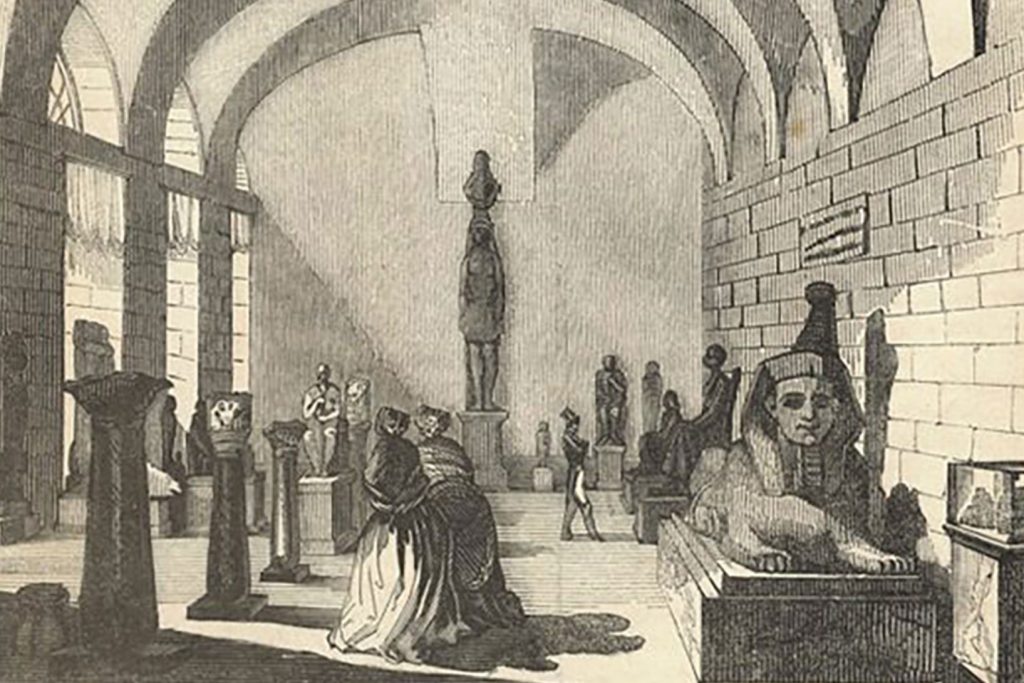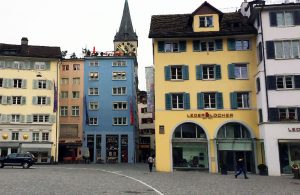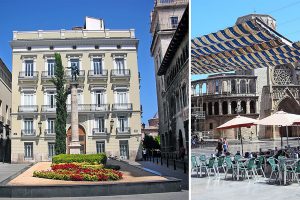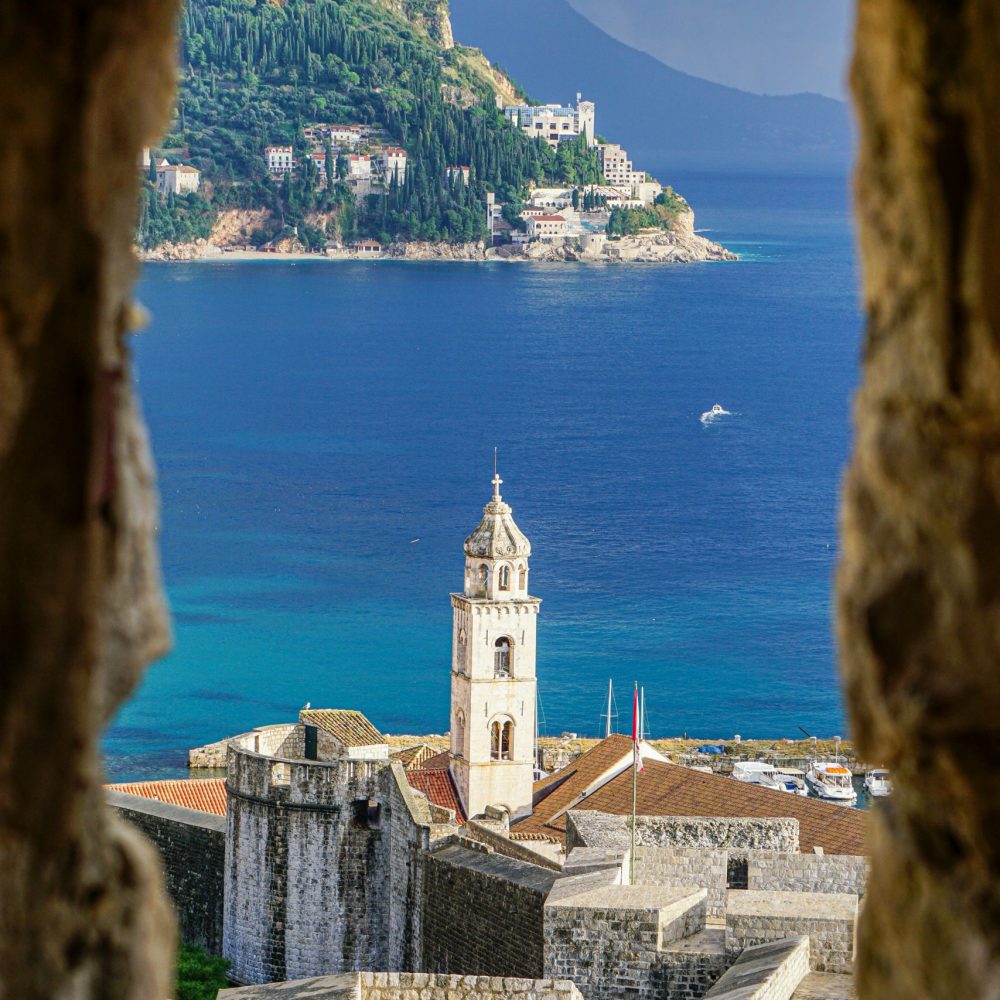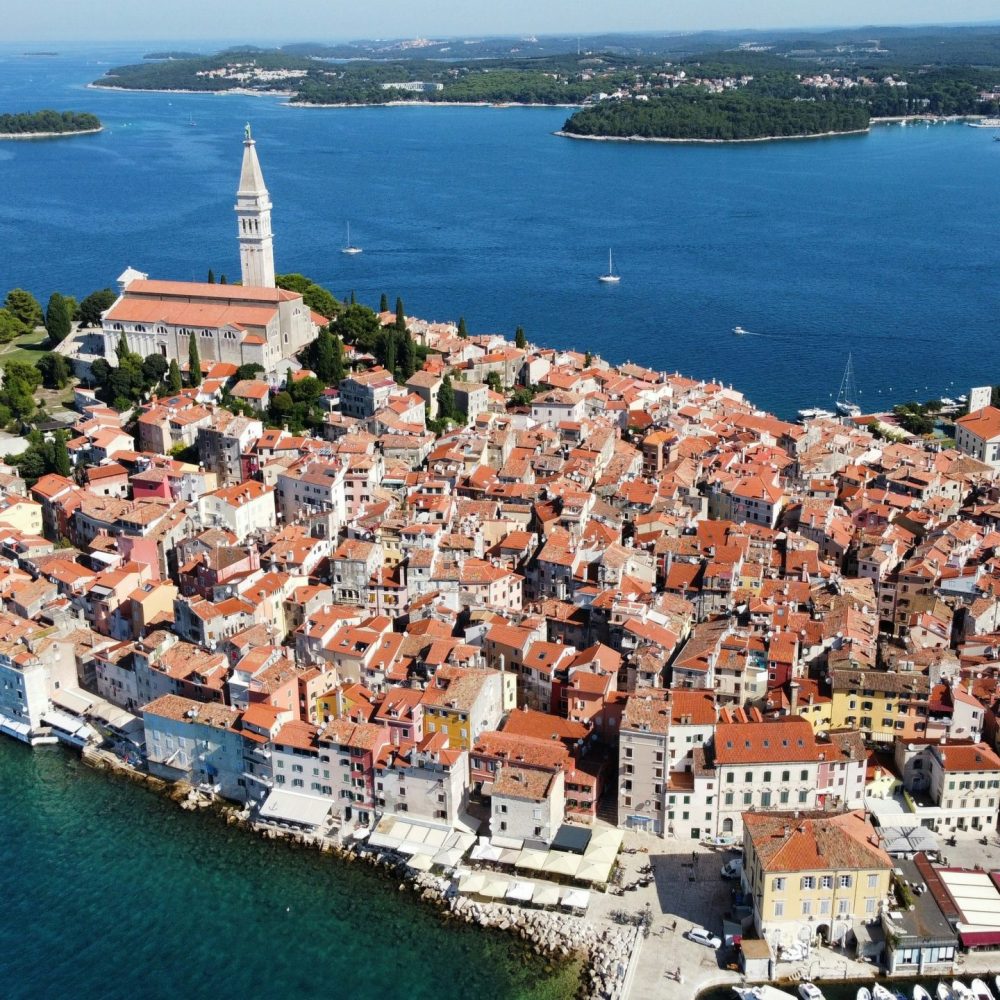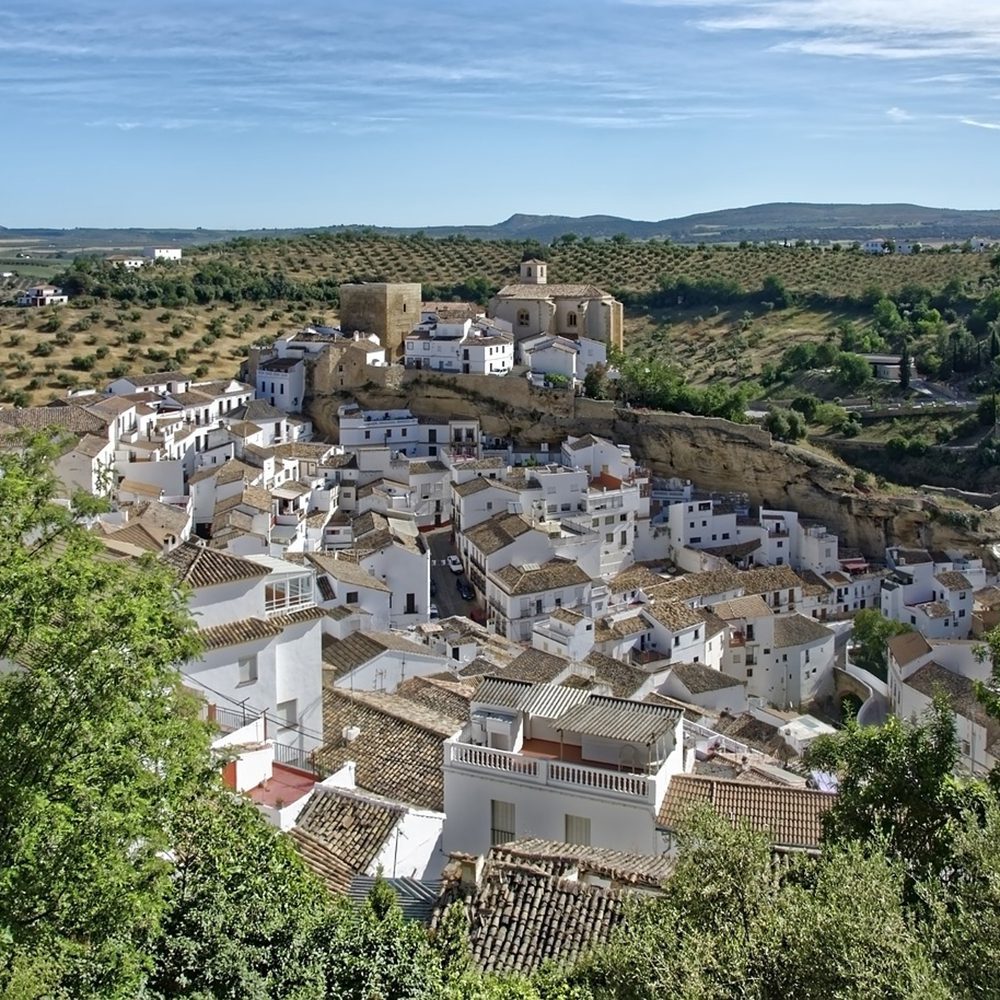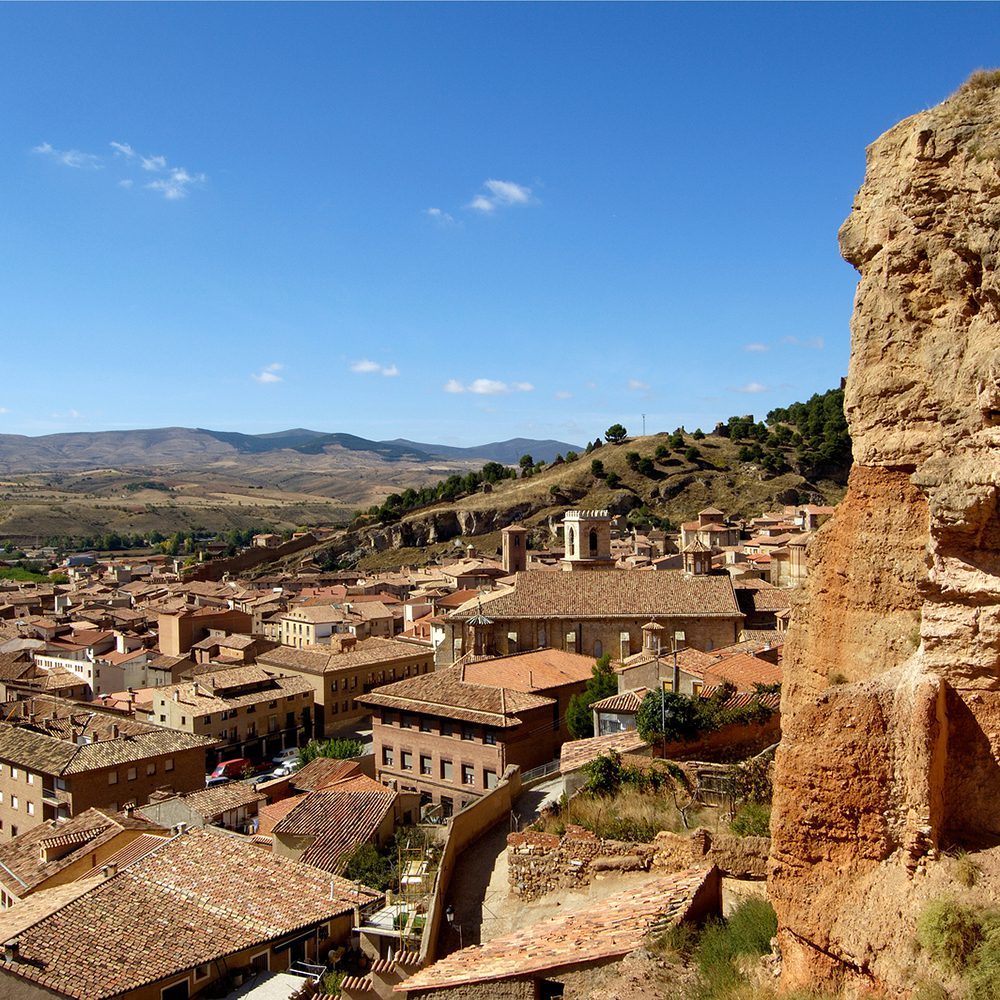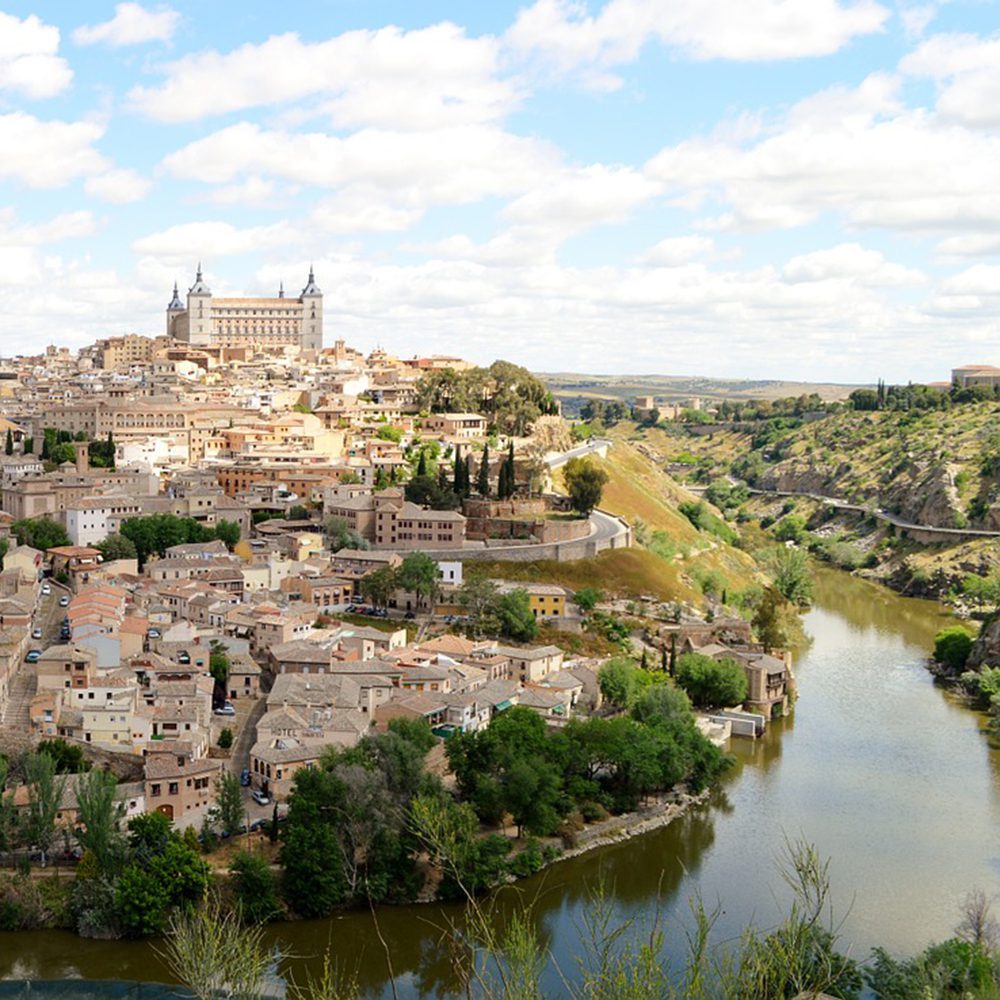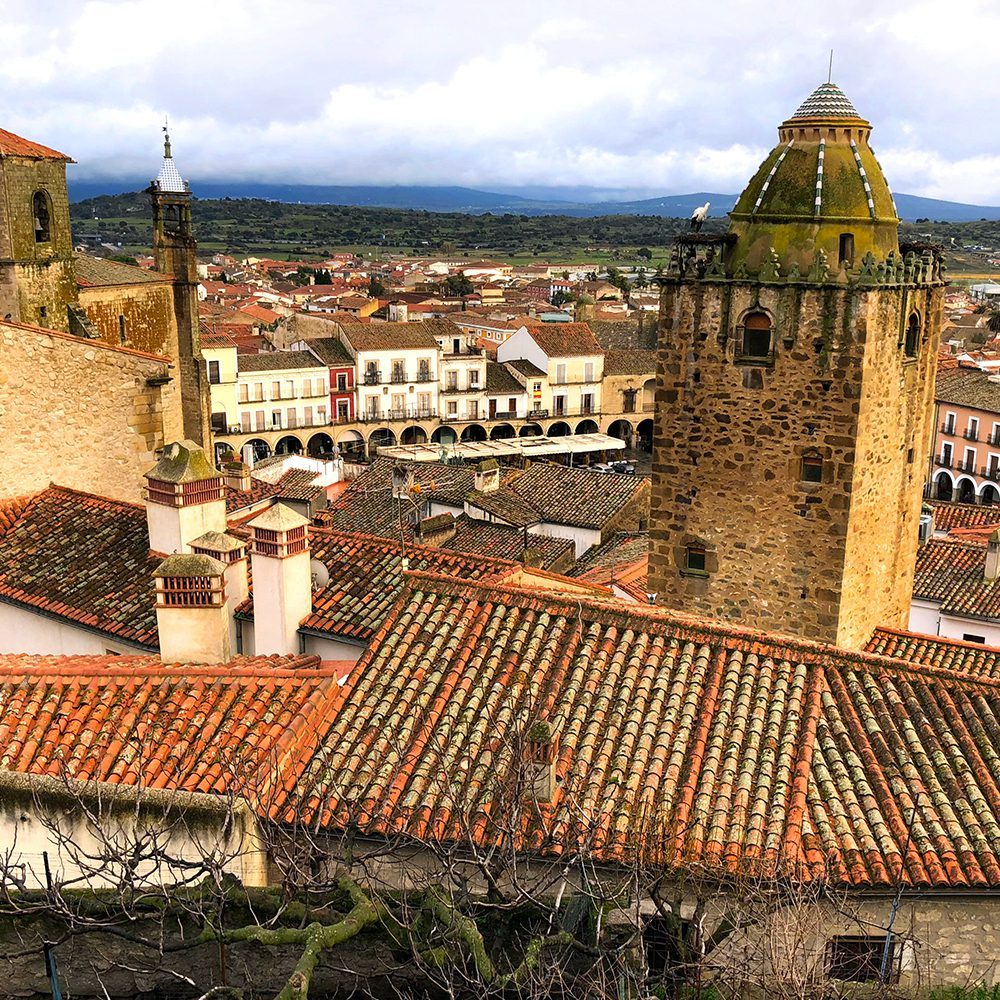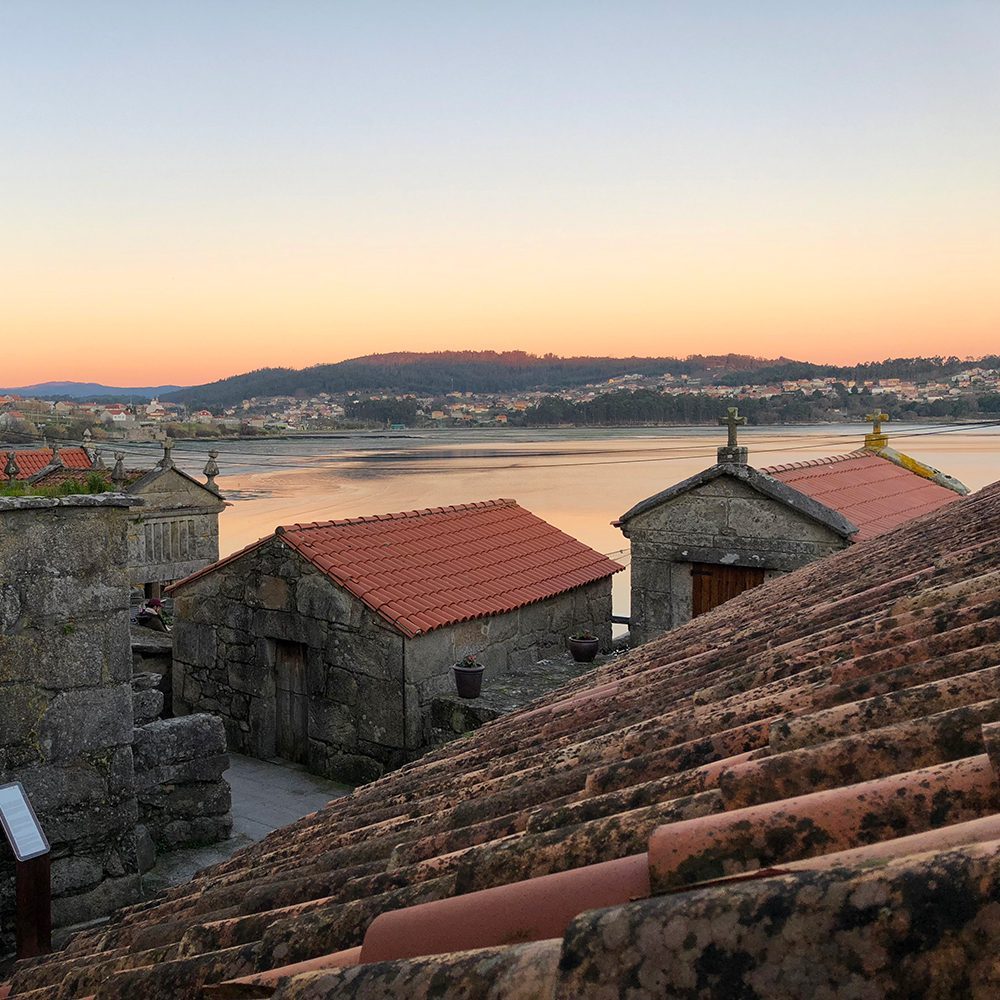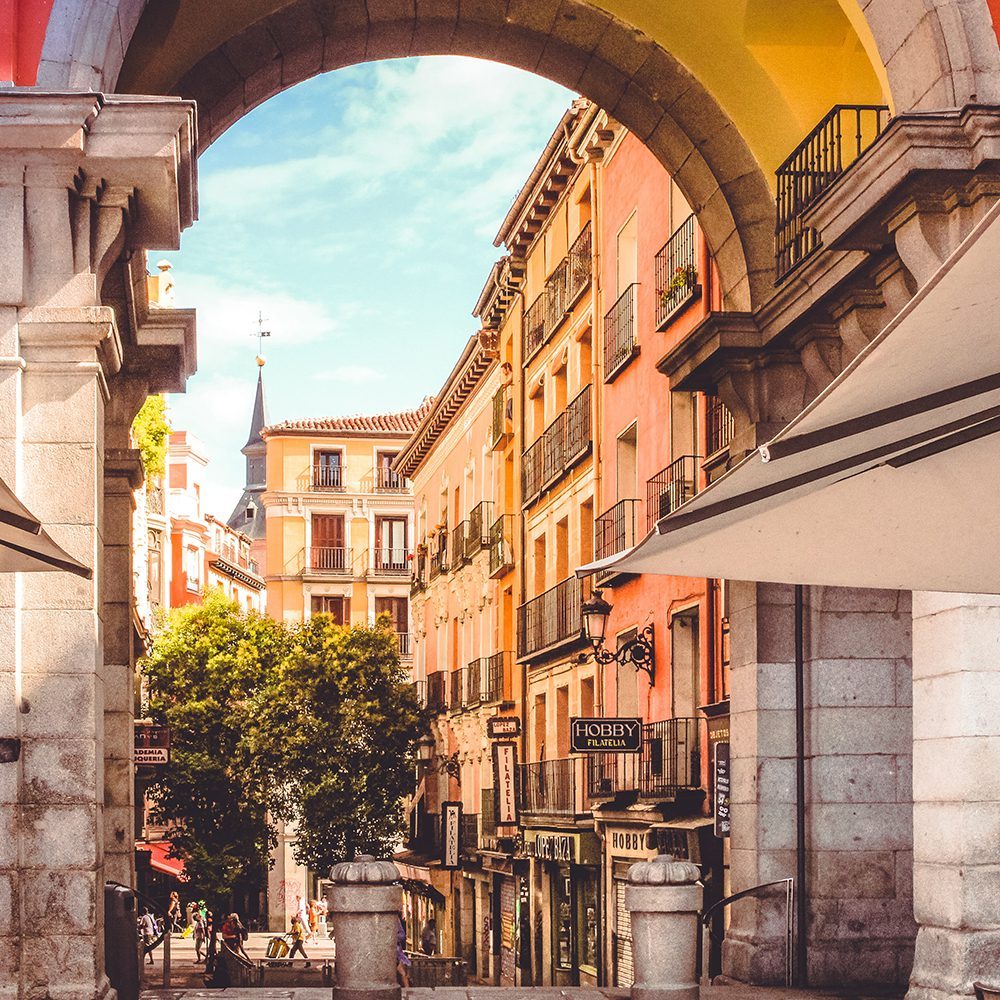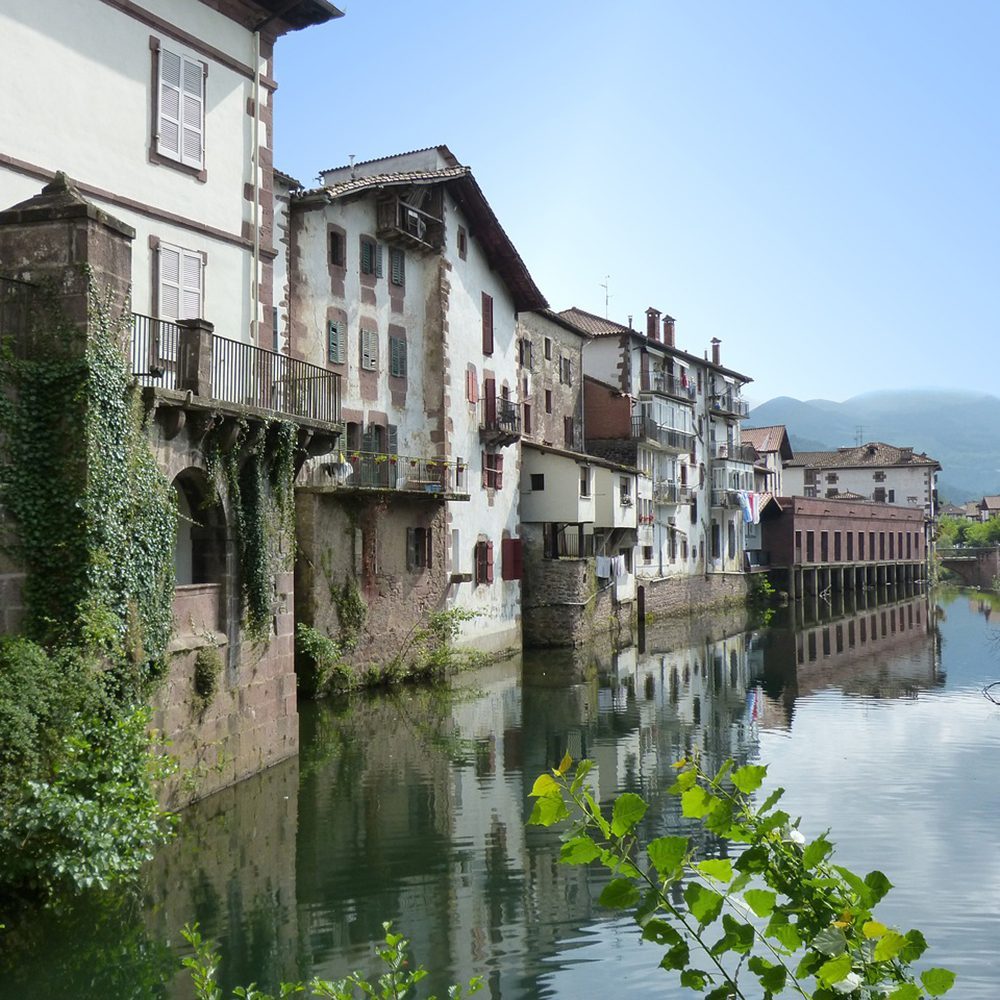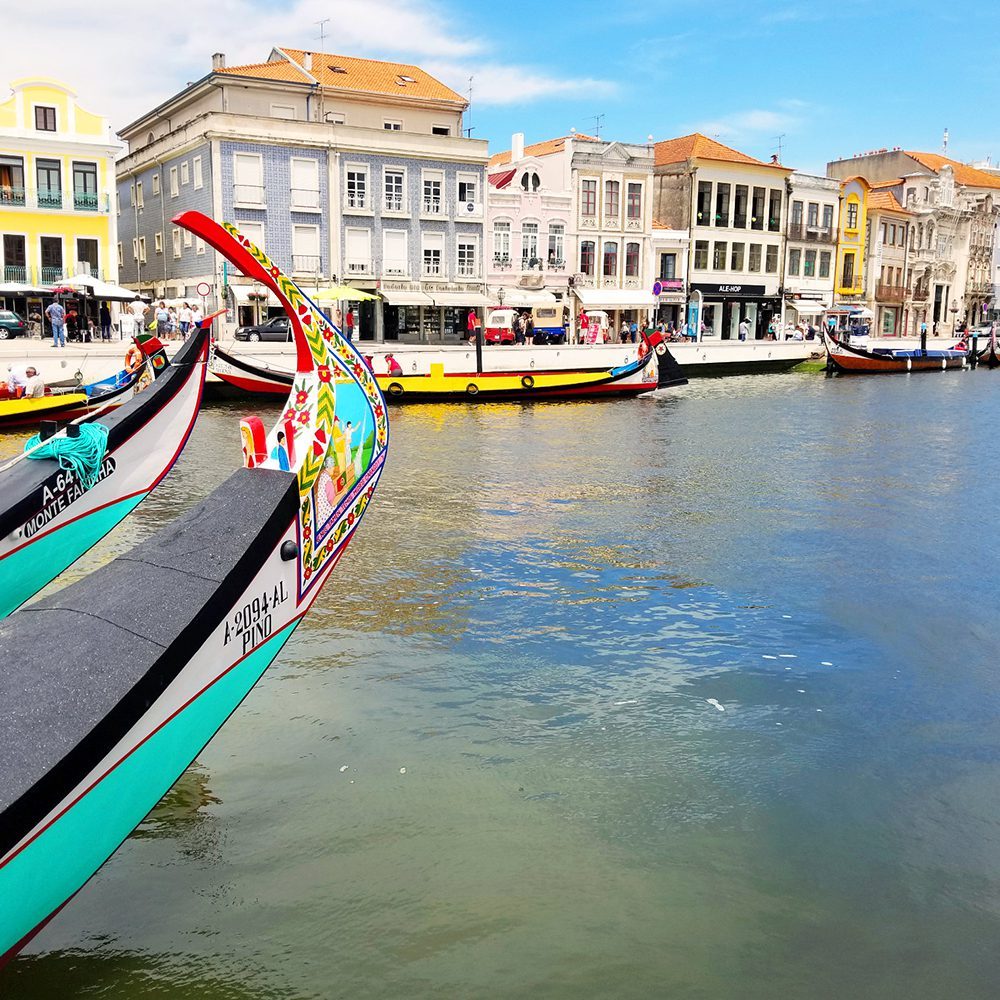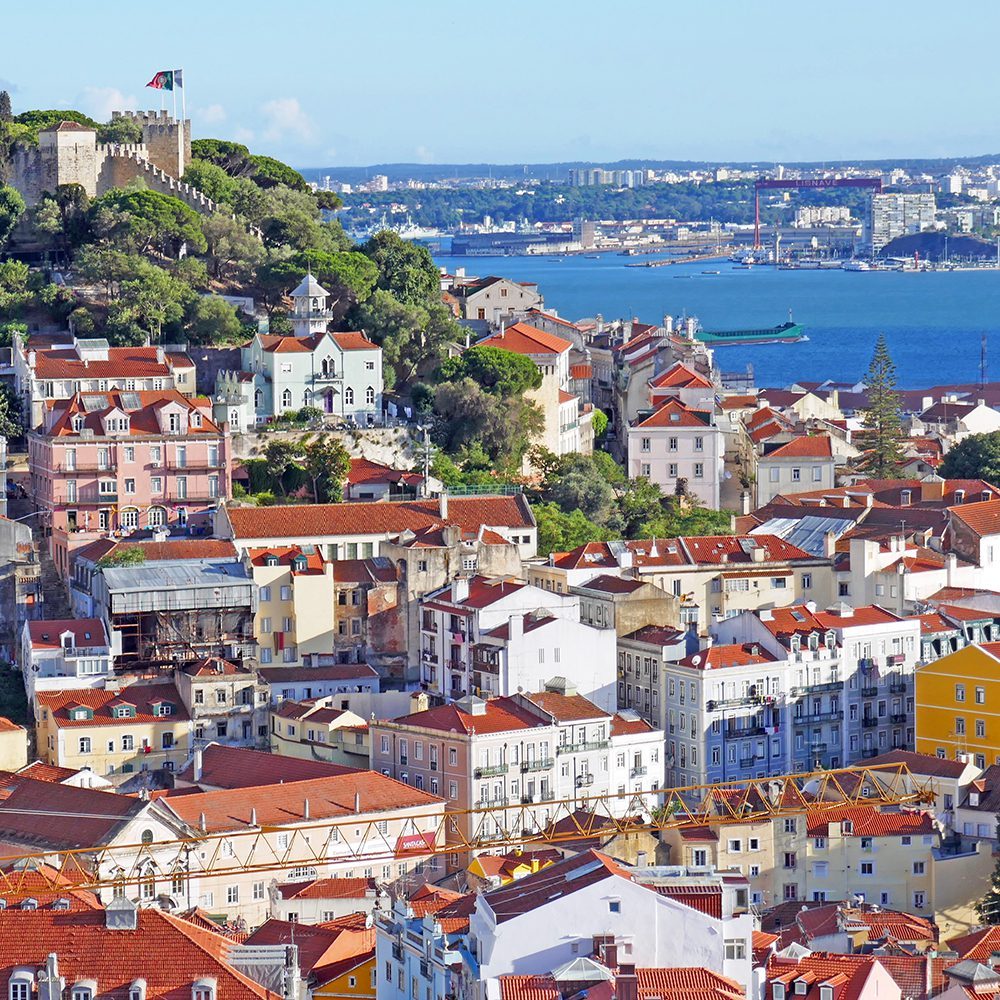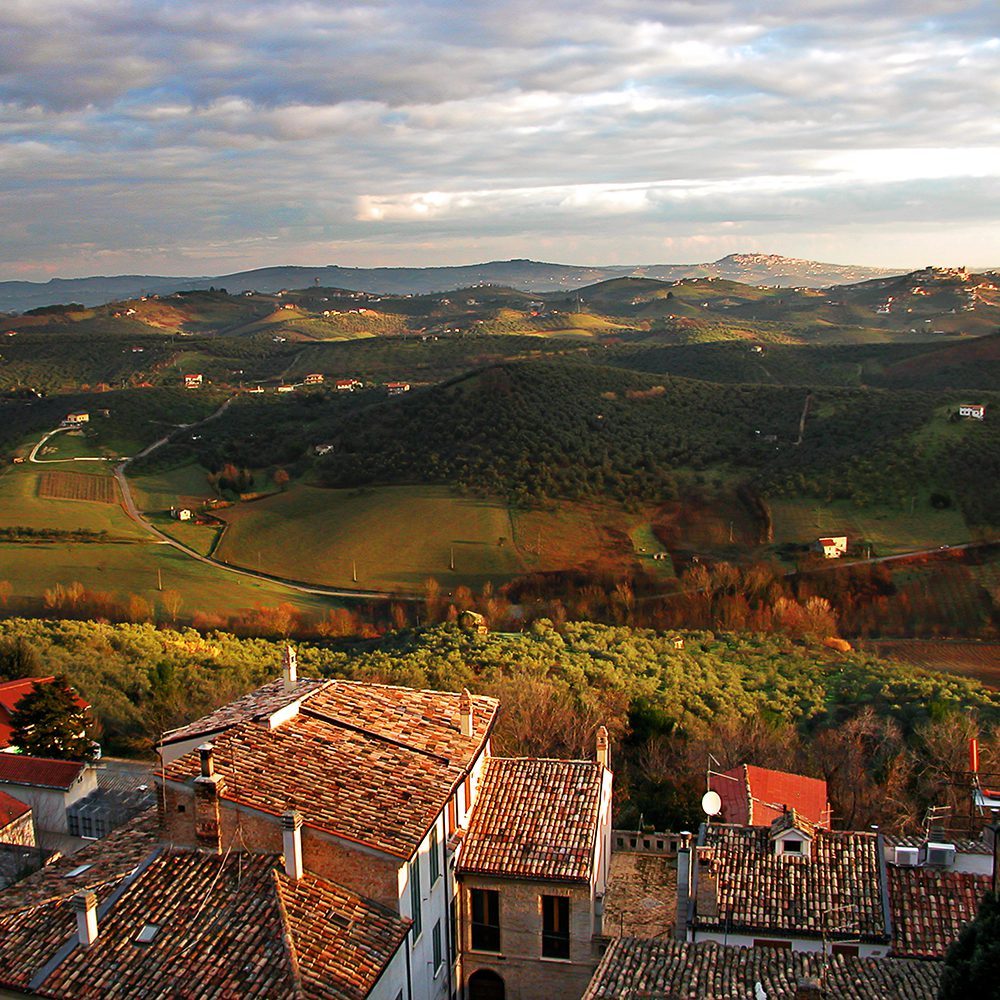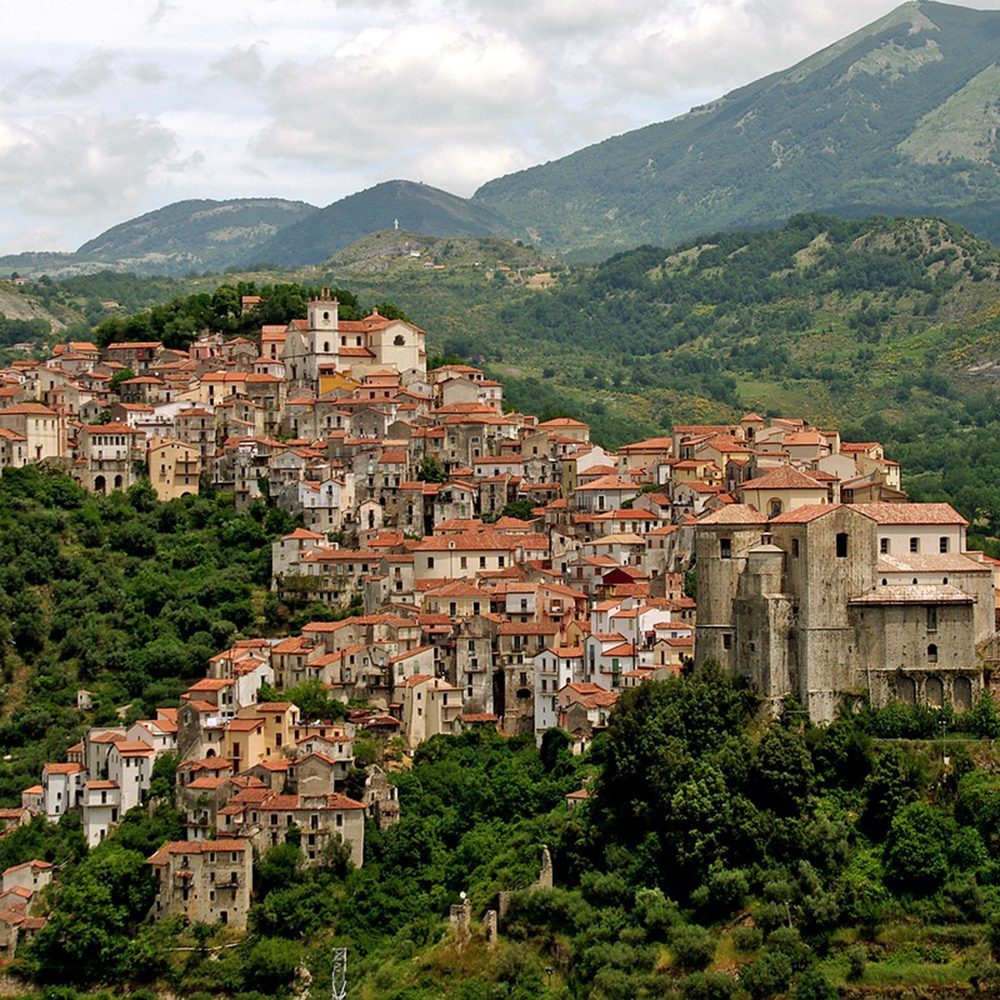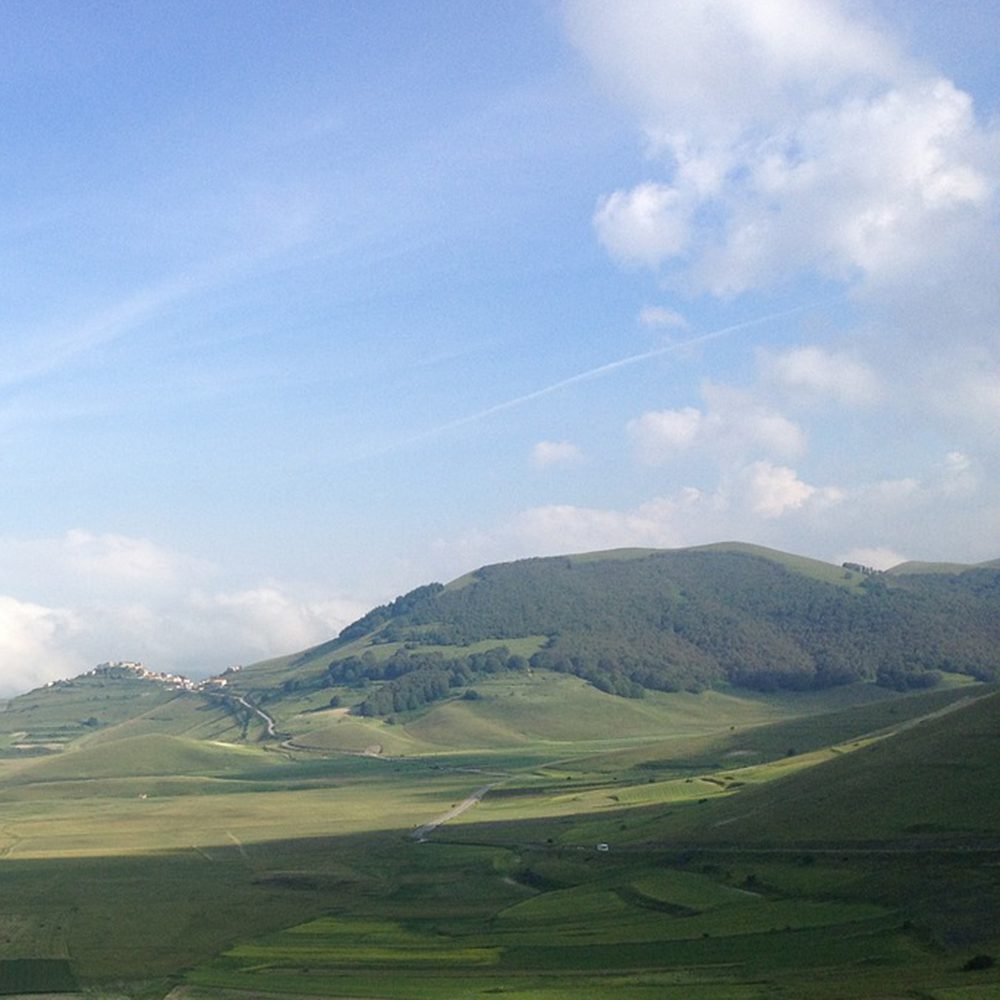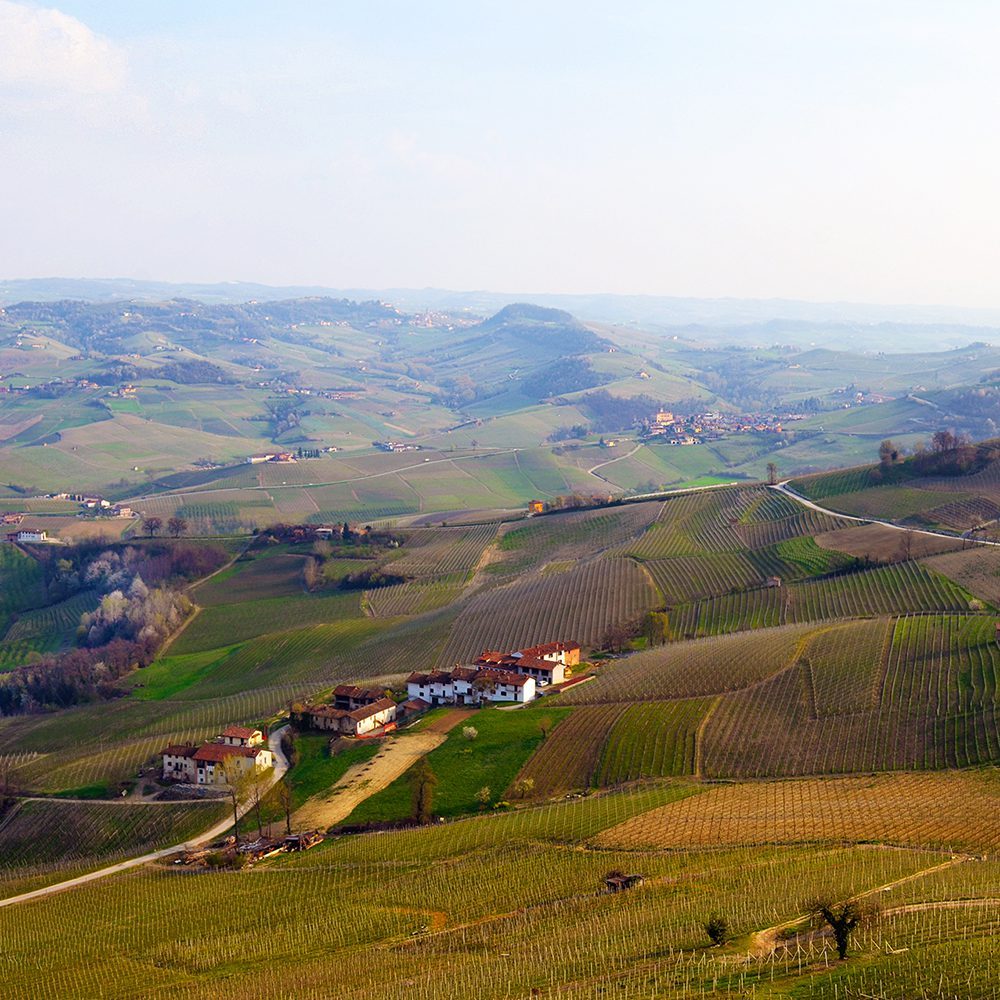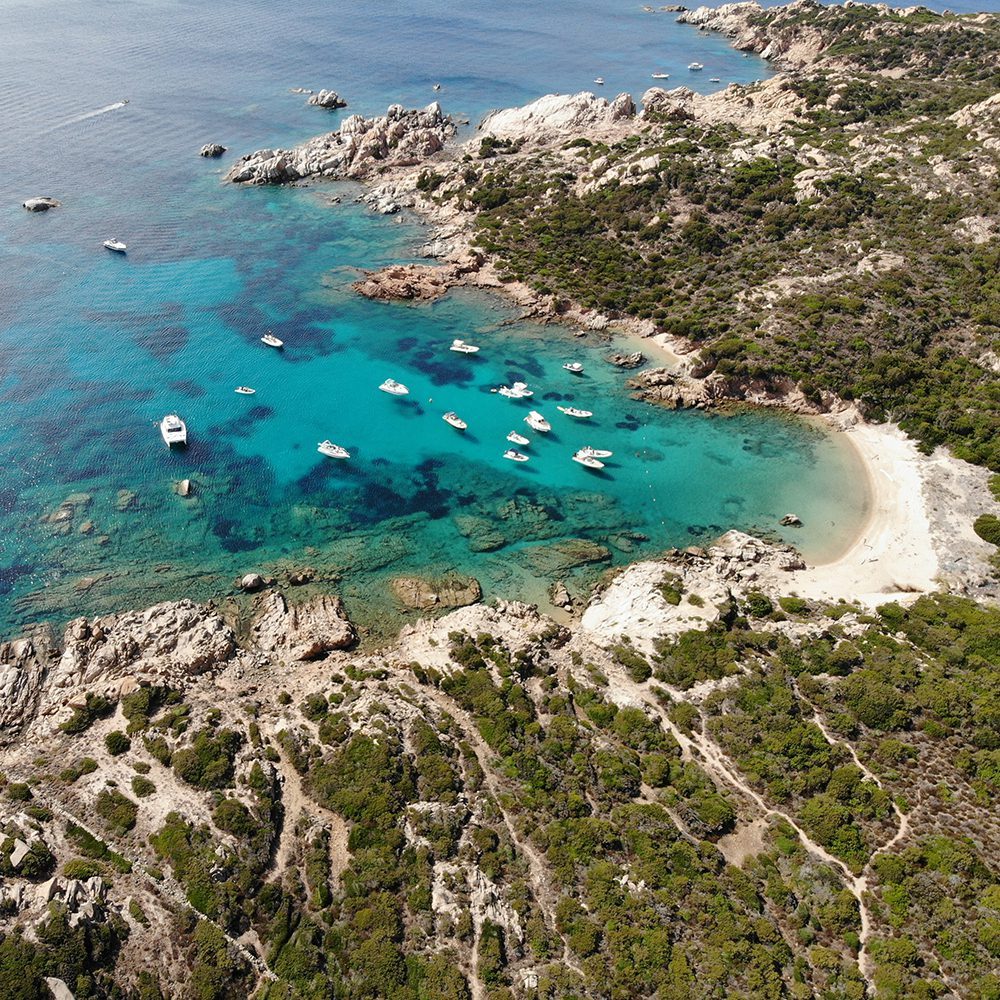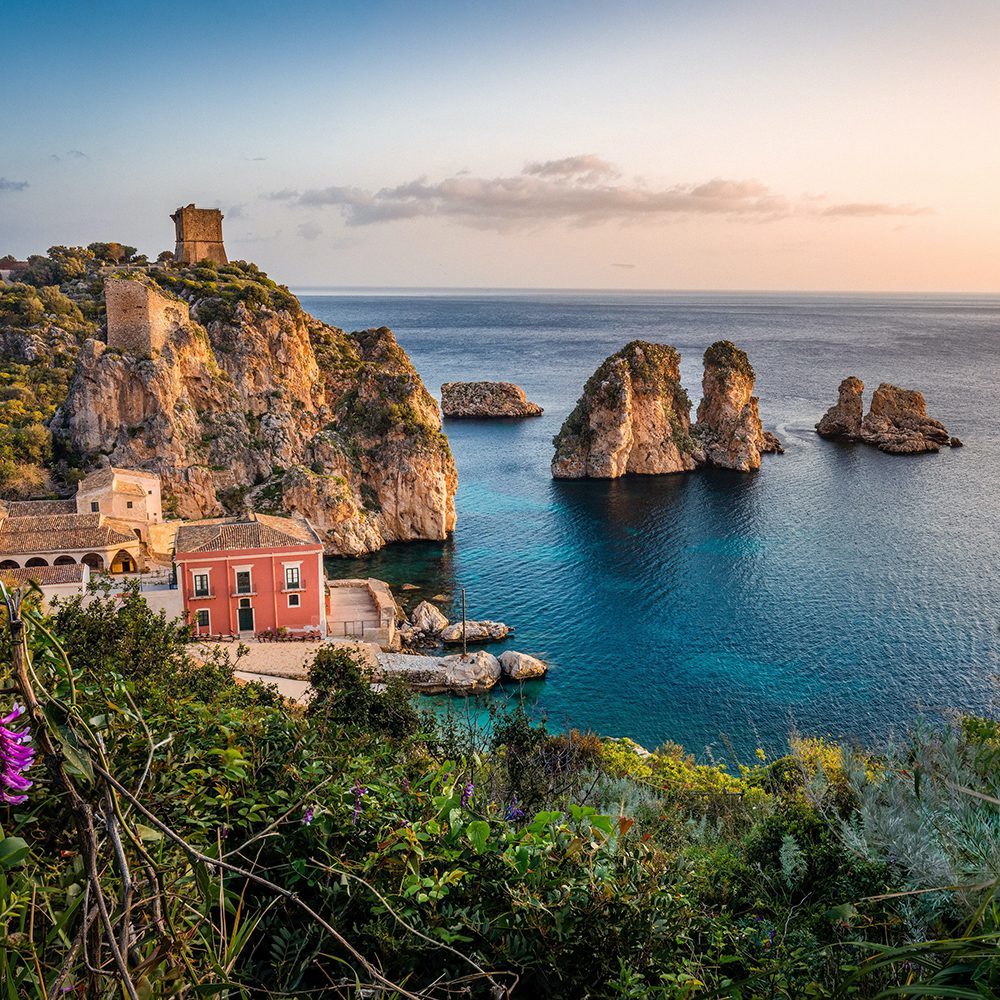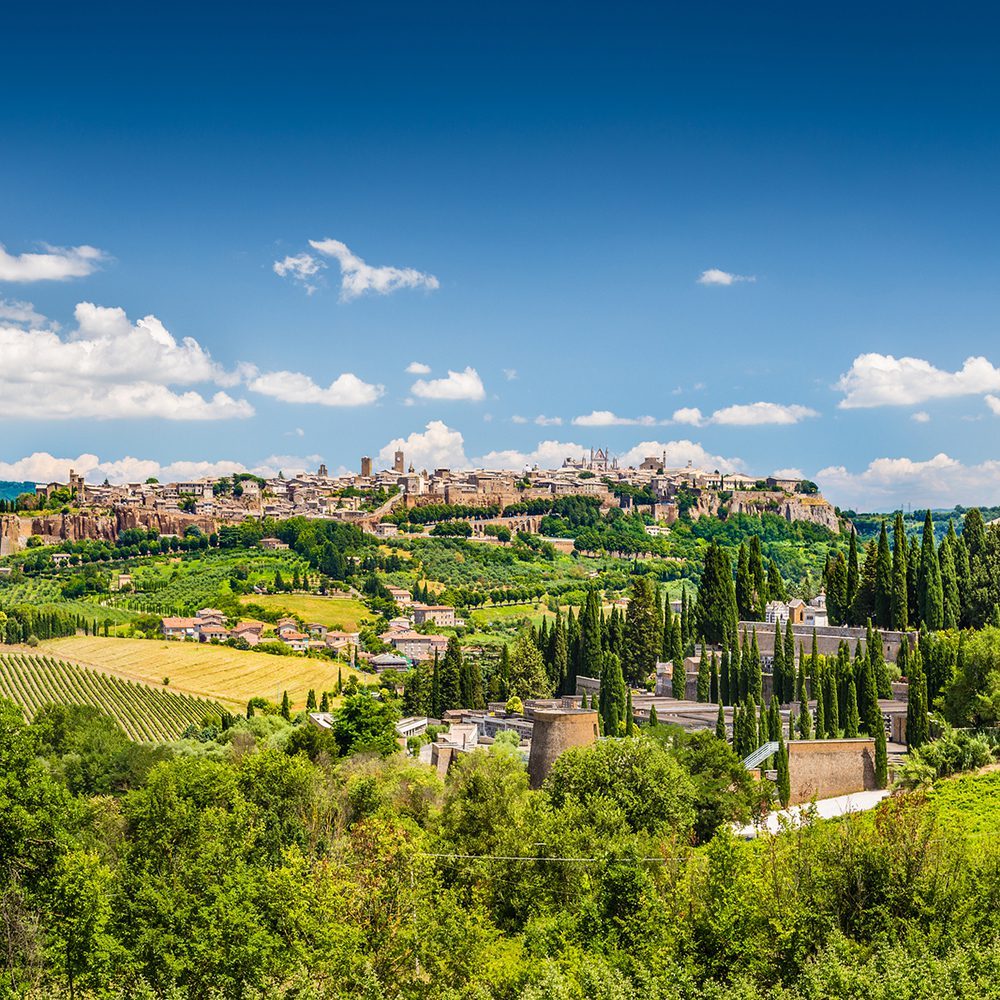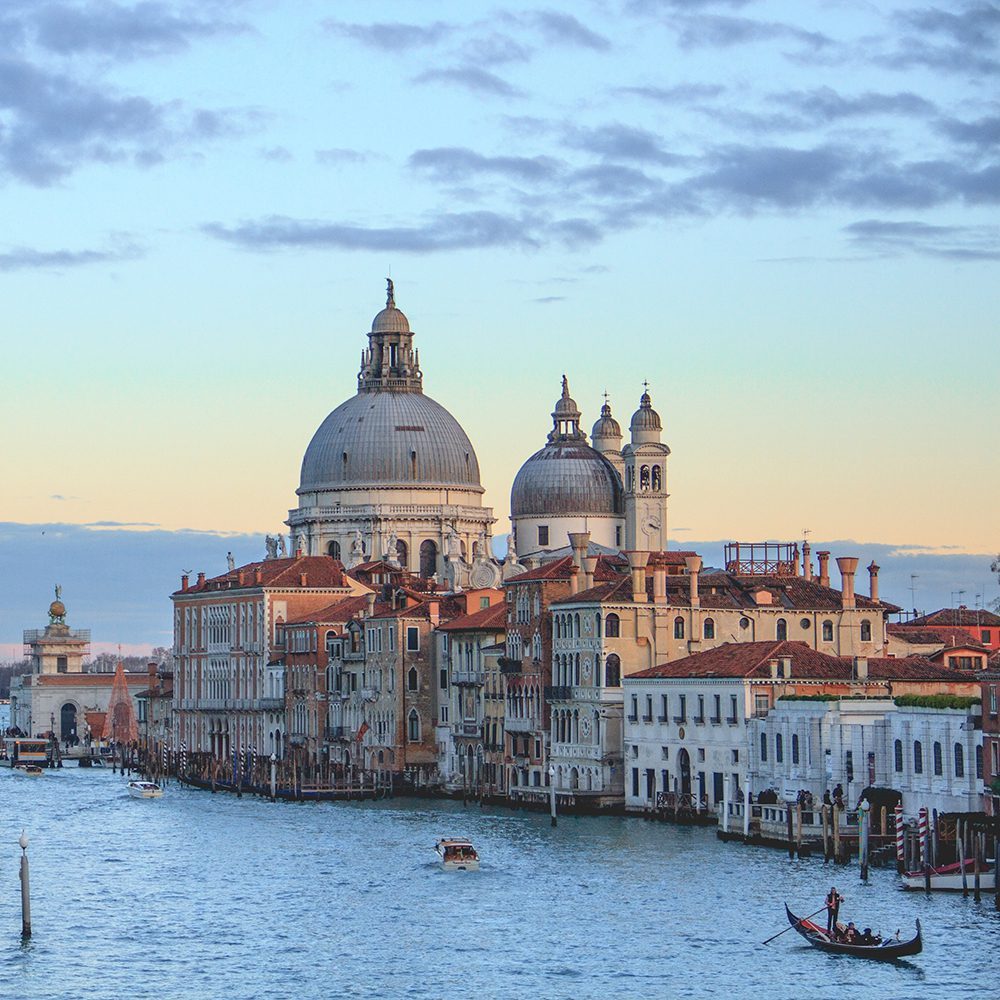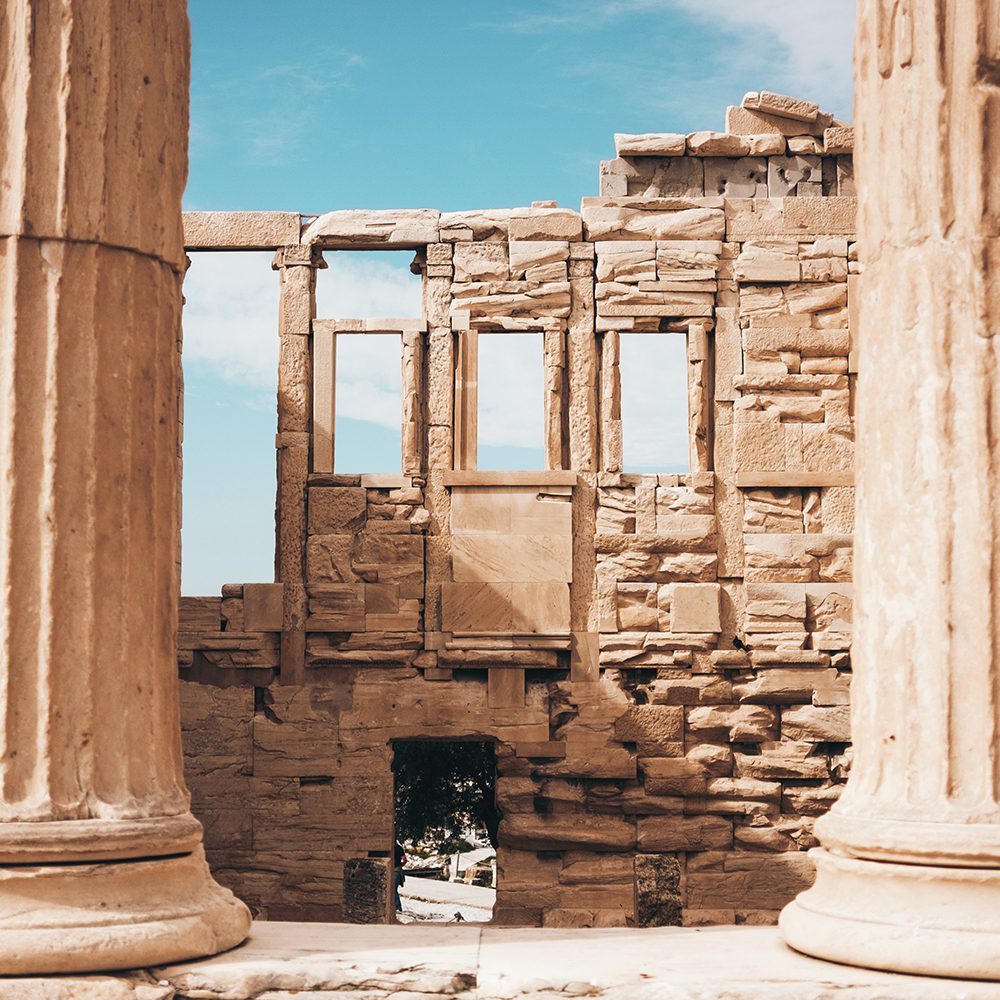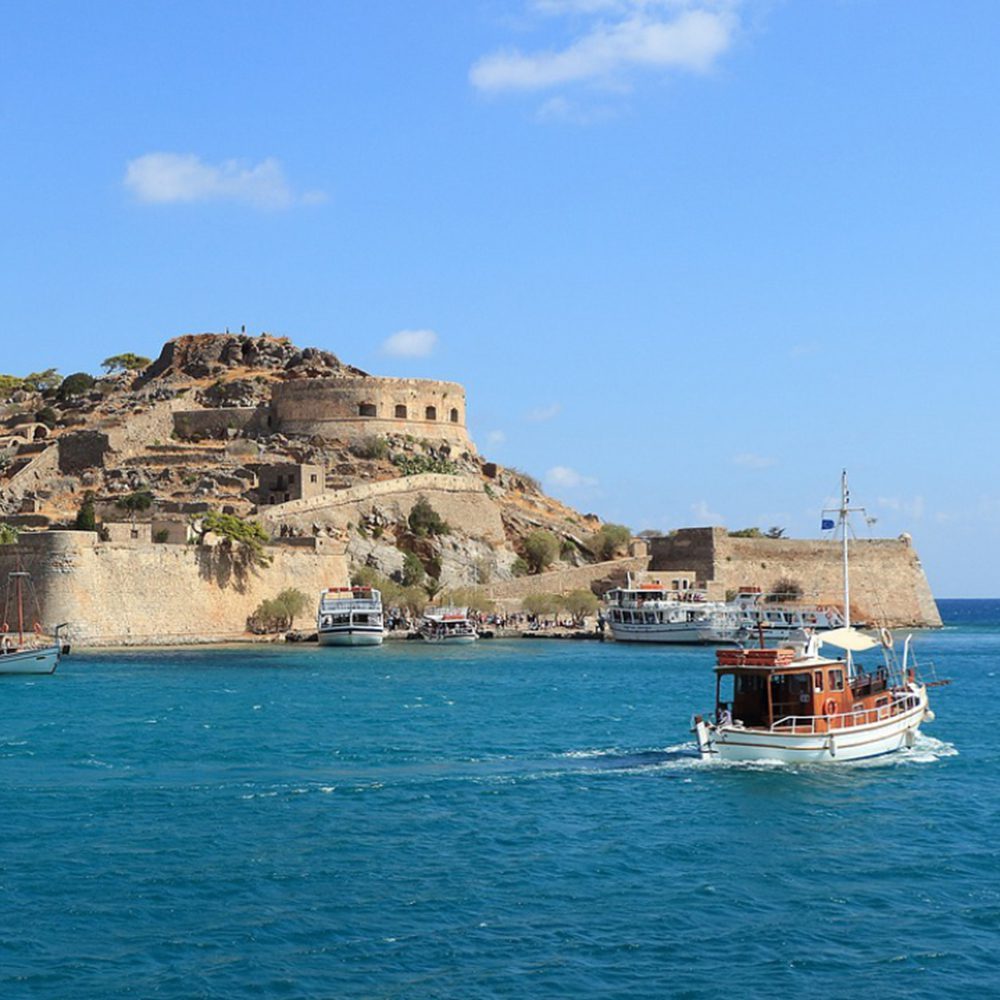The Egyptian Museum of Turin
The Egyptian Museum of Turin
A treasure chest of antiquity nestled in the city’s historical core, the Egyptian Museum of Turin’s comprehensive collection is dedicated solely to Egyptian archaeology and anthropology, and is second only to that of the Cairo Museum. The museum’s unofficial beginning dates back to 1630 when then King Carlo Emanuele I of Savoy contracted Vitaliano Donati to secure Egyptian artifacts for his private collection. Donati acquired approximately 300 artifacts in total, eventually becoming the museum’s flagship collection. In 1824, King Carlo Felice procured the remarkable Drovetti collection, a large and important series eventually acquired by the museum as a donation from the king. The museum continued to broaden its collection through state sponsored excavations in Egypt during the early 20th century with the most recent pieces being acquired in the late 1960’s.
Today, the museum’s exhibits are the most impressive in all of Europe, displaying renowned artifacts and sculptures from Egyptian royalty including Princess Redit, King Thutmosi III and King Ramses II. The museum also features sandstone sphinxes dating back to the 12th century BC, incredibly well preserved mummies from as far back as 2400 BC, and the reconstructed tomb of Kha, which includes sarcophagi, statues, clothing, and furniture from 3500 BC. Although renovated in the late 1980’s, the museum underwent yet another refurbishing in 2006 in honor of the Winter Olympic games being held in Turin that year. Famed Italian Production Designer Dante Ferretti was commissioned to redesign the look of the museum’s most important exhibit spaces, which was achieved through the spectacular placement of special lighting apparatus and mirrors. Located around the corner from La Mole Antonelliana, Turin’s Egyptian Museum is an impressive archeological wonderland that is a must see for all history buffs and burgeoning Egyptologists.

